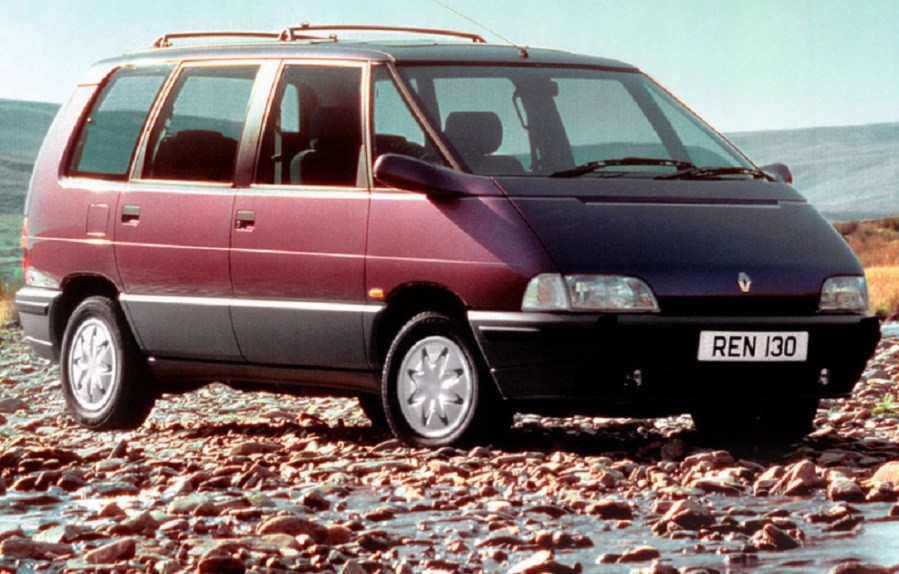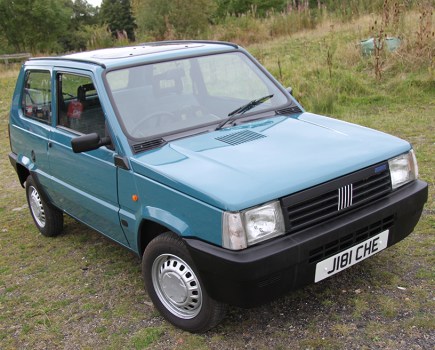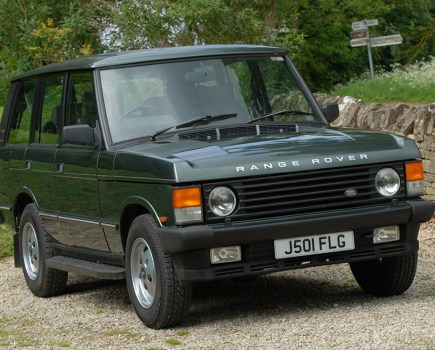The MPV era was a bit of a flash in the pan, but a rush of talent has given us some great and some quirky cars to look back on.
It’s difficult to pin the title of first MPV onto any one vehicle. You can take the argument back to the very earliest days of motor vehicles, when a trunk attached to the back could be replaced with a larger one or a Dickie seat could fold out and expand passenger capacity. Many point to the iconic VW Microbus of the 1950s, featuring windows all round and seats for eight inside. Except America had that in the form of the Chevrolet Suburban back in the 1940s, or even farther back with the old station wagons, fondly known as woodies.
We had big estate cars too. The 1958 Citroen DS Safari and 1975 Citroen CX Familiale both provided seats for seven, although the CX Familiale vast dimensions must have been impractical for many people. Smaller cars, like the Renault 16, made do with two rows but offered versatility by way of clever seating configurations – the R16 had as many as ten, including one form that had the user hang the rear seatbacks from the ceiling…
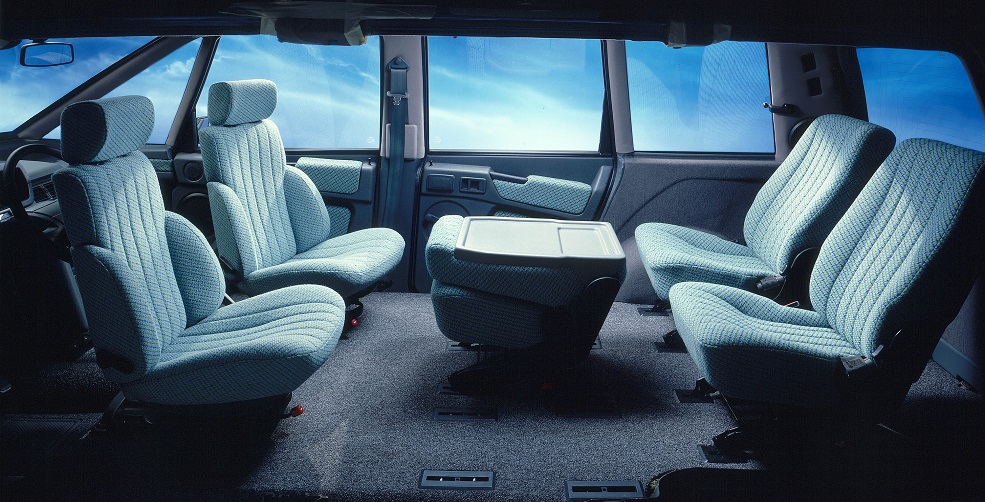
So, in the 1970s there was a place for a three-row car, if only it could be cleverly and economically packaged into compact dimensions. Ideas had been floated at Ford and Chrysler during this time for a so-called garageable-van but were shot down because there was no tangible market – “so why hasn’t General Motors done it yet?” asked management.
In 1978, a new Chrysler under Lee Iacocca finally pursued the minivan ideas that had been brewing within the company, and the other Ford man that had made the jump, Hal Sperling, helped push the idea forward. Meanwhile in Europe, similar ideas at Matra had begun development under Renault. Both would be front wheel drive for the inherent packaging benefits.
In 1983, Chrysler brought out their range of MPV models, originally as the Dodge Caravan and Plymouth Voyager. A year later, Renault brought out the Espace, a car that would be built by Matra at its factory in Romorantin until 2002.
Naturally, the Japanese were quick off the mark. The Toyota Space Cruiser might have just been a dressed up LiteAce but it wasn’t bad, while the more purpose-built Nissan Prairie and Mitsubishi Space Wagon were genuinely competitive.

But, in every comparison, the clever thinking from Chrysler and Renault’s Matra won people over. Chrysler had succeeded with their market-research led development: their vans were designed to within the inch for practicality. On the inside, via a sliding side door was an interior that comfortably accommodated seven passengers, plus a load bay just over 48 inches wide to accommodate that all-important sheet of plywood from Home Depot. Despite the best efforts of the Japanese competition in the 1980s, it couldn’t be touched.
In Europe, the Renault Espace also enjoyed the competitive edge. Its rear passengers enjoyed individual, proper seats – three in the middle and two at the rear, the opposite way round to the Chrysler vans – and clever folding solutions that could permit a bicycle or two to be loaded on one side with only two seats folded away, or a handy picnic table folded out of the middle seat, or all of them folded out the way, or just removed entirely. The Espace and Chrysler vans were roaring successes. The Chrysler minivans for example sold nearly 200,000 units in 1984, 400,000 in 1988, and over 500,000 at their peak in the mid-1990s.
By this time, the formula had been refined further. The choppy ride of the original Espace had been fixed, thanks to the earlier Fuego-derived front suspension being replaced with that of the Renault 25. In 1996, Chrysler’s new generation of Voyager was out and available in the UK, even with a turbodiesel option. The Japanese also weighed in, most dramatically by Toyota with their futuristic Previa in 1990 – a marvel of packaging that had the engine canted at a 75 degree angle and mounted underneath the front seats, with accommodation that beat the Fiat Multipla to the 8-seater MPV title years early. Meanwhile, Volkswagen and Ford’s joint venture bore the fruit of a new front-drive MPV that would make up three models; the Ford Galaxy, Volkswagen Sharan, and Seat Alhambra. These more conventionally designed cars, basically on the blueprint of the Espace, proved to be hugely successful while the more radical, and more expensive Toyota Previa was left to become a bit of an odd choice. Unsurprisingly, the next generation Previa would be front engined and front drive.
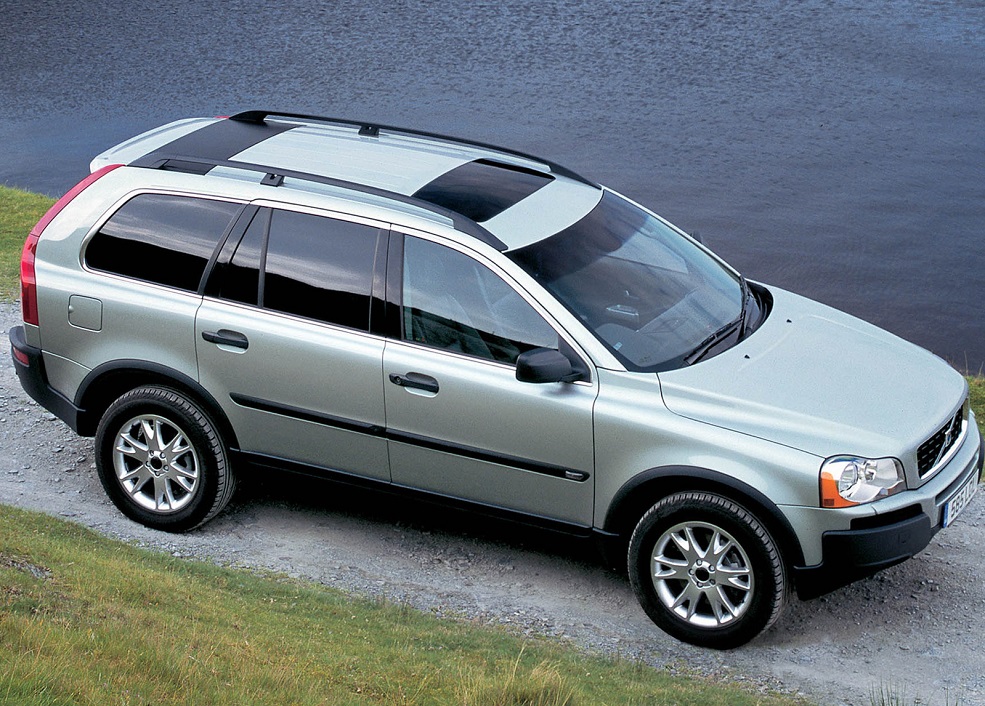
But the 2000s was SUV territory. Ironically, MPV pioneer Chrysler was also a pioneer of the modern SUV, having introduced its market-redefining Grand Cherokee to the US market in 1993. So, while the excellent 1999 Vauxhall Zafira set impressive new standards to the MPV class with its space-efficient folding seven-seat arrangement, it was already a bit too late.
Everyone got in on the family SUV market and slowly but surely the merits of the more conscientious, but boring, MPVs were diminished. Volvo’s XC90 of 2003 introduced Zafira-like folding seats, except they were even more elegant in operation, and despite Renault’s best efforts in marketing its safety systems, the perceived advantage in the now advanced crop of SUVs was more than enough to tempt customers. The traditional MPV’s hayday has been and gone, left only to a handful of SUV-averse owners, airport taxis and people cramming Citroën Berlingos full of wine for the channel crossing. The more aspirational image that comes as standard with the SUV has proved to be the perfect answer to the negative image attributed to the dowdy minivan almost from day one. Rather than clever seats and sliding doors, the Suburban got four-wheel-drive in the 1950s, then went full SUV in the 1970s. It hasn’t looked back.


